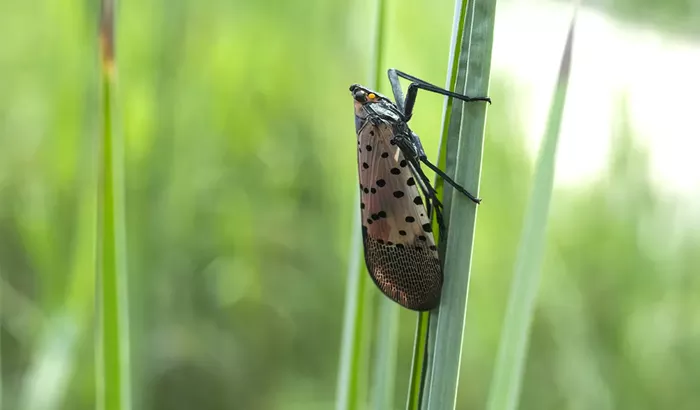After a brief decline in numbers, the spotted lanternfly may be staging a comeback this summer, according to pest control and environmental experts. Recent findings show a spike in egg mass counts in Berks County, Pennsylvania, prompting concerns about a possible surge in these invasive pests.
Ben Hottel, an entomologist at Orkin, told Fox News Digital that while the data doesn’t guarantee a population boom, the warning signs are there. “People may start to see more lanternfly activity in the weeks to come as the weather continues to warm,” Hottel explained.
A Growing Threat to Plants—Not People
Although spotted lanternflies pose no direct harm to humans or animals—they don’t sting, bite, or spread disease—they represent a significant risk to agriculture. According to the National Park Service, the pests have the potential to cause severe damage to forest ecosystems, agricultural production, and even cultural landmarks once they become established in an area.
Their favorite target is the tree of heaven, an invasive plant itself, but spotted lanternflies are far from picky. They are known to feed on over 70 types of plants and crops, including grapes, hops, and fruit trees. Adding to the problem, they excrete a sticky substance that promotes mold growth, which can further damage plant health.
Where Are They Spreading?
While northeastern states have long struggled with established lanternfly populations, the pests are now spreading into the Midwest and Southeast. Their movement is aided by human activity, as lanternflies often lay eggs on hard surfaces like vehicles, stones, and firewood—making it easy for them to hitch rides to new locations.
“Spotted lanternflies tend to surge when they first enter a new region,” said Hottel. “Though their numbers may decline after a few years, the initial damage can be extensive.”
What Can Homeowners Do?
Experts recommend that homeowners take proactive steps to prevent infestations. Removing young tree of heaven plants from yards and properties is a key first step. People should also inspect outdoor equipment, vehicles, and firewood for lanternfly eggs or insects before moving them.
Those who believe they’ve spotted a lanternfly should contact a local pest control office for identification and removal assistance.
Why It Matters
While the presence of spotted lanternflies may seem like a minor seasonal nuisance, experts warn of broader ecological consequences. As Hottel notes, “A large-scale die-off of native flora and fauna would have an impact on our local ecosystems in a big way.”
Remaining alert and taking action early could help curb the spread of this damaging pest—and protect crops, landscapes, and ecosystems from lasting harm.
Related topics:
- New Vaccine Panel Skips Covid Vote, Eyes Flu Shot Ingredients
- Addictive Screen Use Linked to Suicide Risk in Kids
- Stay Safe in the Heat: Doctor Shares Expert Summer Tips


